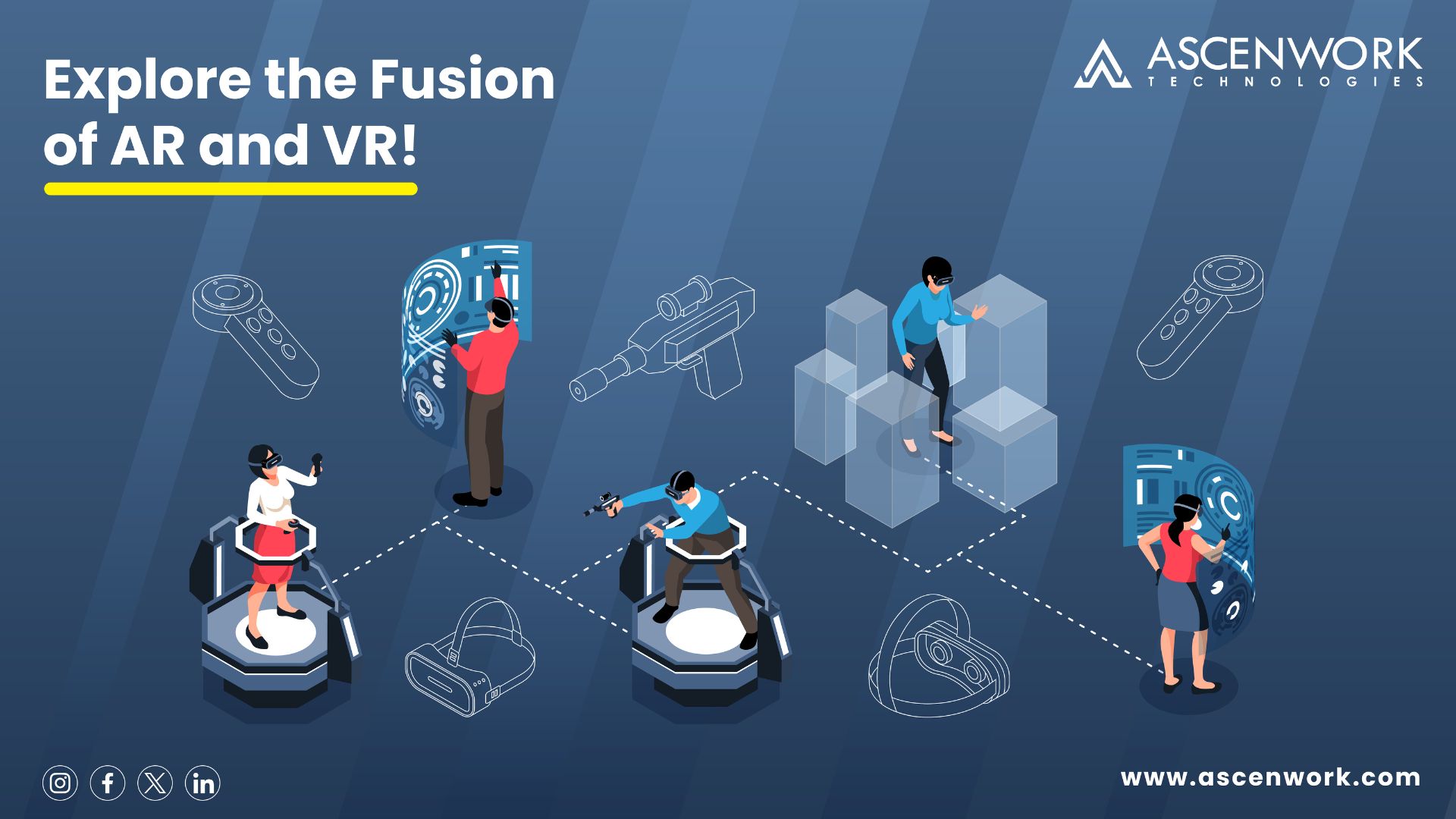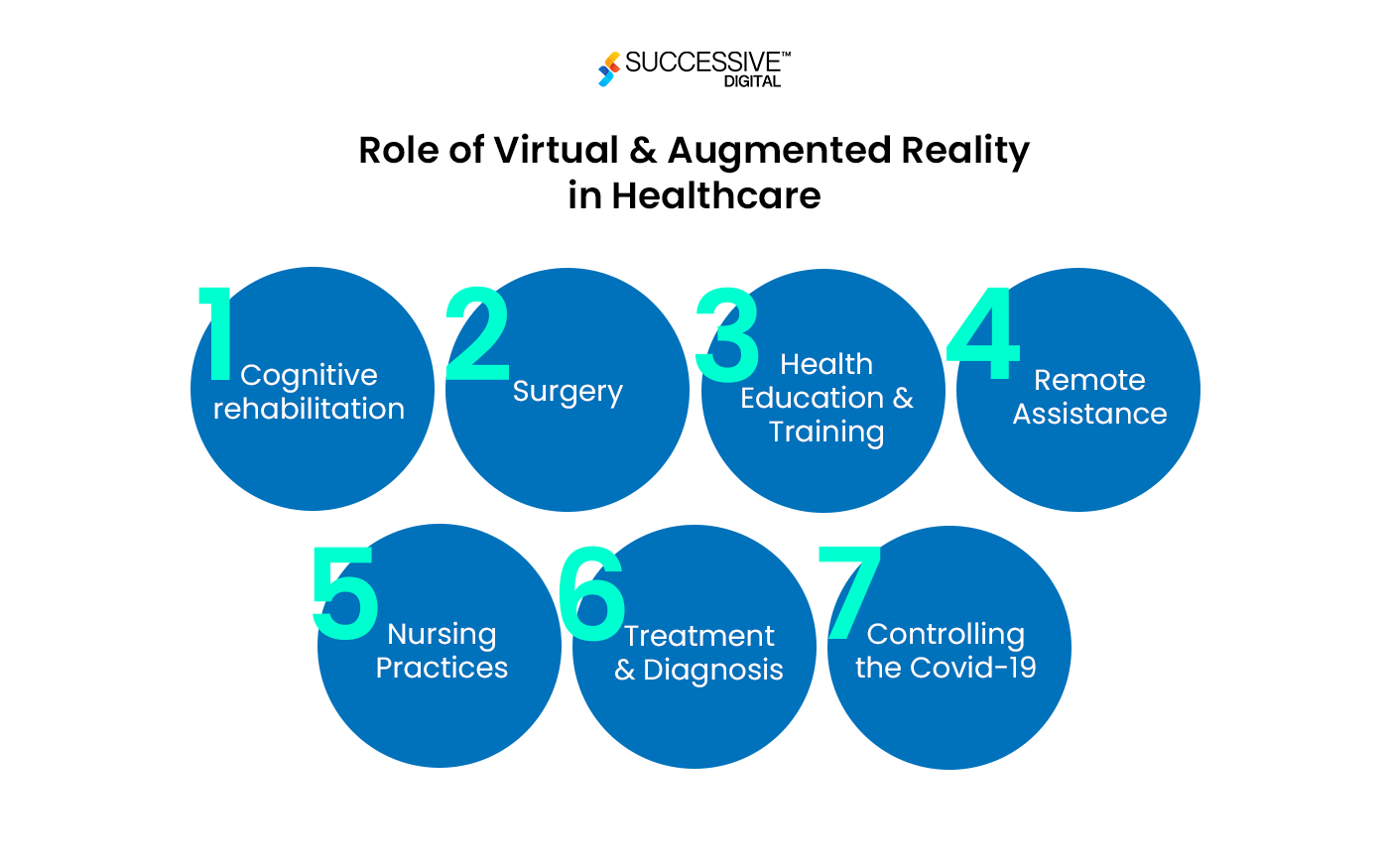Exploring the Synergy of AI and Augmented Reality/Virtual Reality
Exploring the Synergy of AI and Augmented Reality/Virtual Reality
Introduction: Artificial Intelligence (AI) and Augmented Reality (AR)/Virtual Reality (VR) represent two groundbreaking technologies that are reshaping various aspects of human life. While AI enables machines to mimic human cognitive functions, AR and VR create immersive experiences by blending the digital and physical worlds. The convergence of AI and AR/VR holds immense potential, offering innovative solutions across industries and transforming how we interact with technology. This essay explores the synergy between AI and AR/VR, examining their applications, challenges, and future prospects.

Applications:
The integration of AI with AR/VR technologies enhances user experiences and expands the capabilities of immersive environments. In AR, AI algorithms can analyze real-time data from the surroundings and overlay relevant information, enriching the user's perception. For example, AI-powered object recognition enables AR applications to identify objects in the user's environment and provide contextual information or interactive features.
In VR, AI algorithms play a crucial role in creating realistic simulations and enhancing interaction. Natural Language Processing (NLP) algorithms enable conversational interactions with virtual characters or assistants, making VR experiences more engaging and interactive. AI-driven content generation algorithms can also dynamically adapt virtual environments based on user preferences and behavior, leading to personalized and immersive experiences.AI-powered analytics in AR/VR environments enable data-driven insights and decision-making. For instance, in industrial settings, AI algorithms can analyze sensor data in real-time to detect anomalies or predict equipment failures, enhancing maintenance efficiency and minimizing downtime. In healthcare, AI-enabled AR/VR applications facilitate medical training simulations, surgical planning, and patient education, improving healthcare outcomes and reducing risks.
Despite the promising applications, the convergence of AI and AR/VR presents several challenges. One significant challenge is the computational complexity and resource requirements of AI algorithms in immersive environments. Real-time processing of AI-driven interactions and content generation in AR/VR experiences requires high computational power and efficient algorithms to maintain responsiveness and immersion.
Another challenge is the need for robust data privacy and security measures in AI-driven AR/VR systems. The collection and analysis of user data in immersive environments raise concerns about privacy infringement and data misuse. Ensuring transparent data handling practices, implementing encryption techniques, and adhering to privacy regulations are essential for building trust and protecting user privacy.
Future Prospects: Despite the challenges, the synergy between AI and AR/VR holds immense potential for innovation and advancement. As AI algorithms become more sophisticated and efficient, they will enable more immersive, intelligent, and personalized AR/VR experiences. Advanced AI techniques such as reinforcement learning and generative models will enhance the autonomy and adaptability of virtual environments, creating dynamic and responsive experiences.
Moreover, the integration of AI with AR/VR technologies will drive progress in various fields, including education, entertainment, healthcare, manufacturing, and retail. AI-powered educational simulations, virtual training environments, and personalized learning experiences will revolutionize education and training methods. In entertainment, AI-driven content generation and adaptive storytelling will create more immersive and interactive narratives.

In conclusion, the convergence of AI and AR/VR represents a transformative synergy that is reshaping how we interact with technology and perceive the world. By leveraging AI algorithms to enhance immersion, intelligence, and interactivity, AI-powered AR/VR applications are unlocking new possibilities across industries and domains. Addressing the challenges and harnessing the potential of this synergy will pave the way for a future where immersive experiences blur the boundaries between the physical and digital realms, enriching our lives in unprecedented ways.
Compiled by: Pratiksha Bisht
Comments
Post a Comment